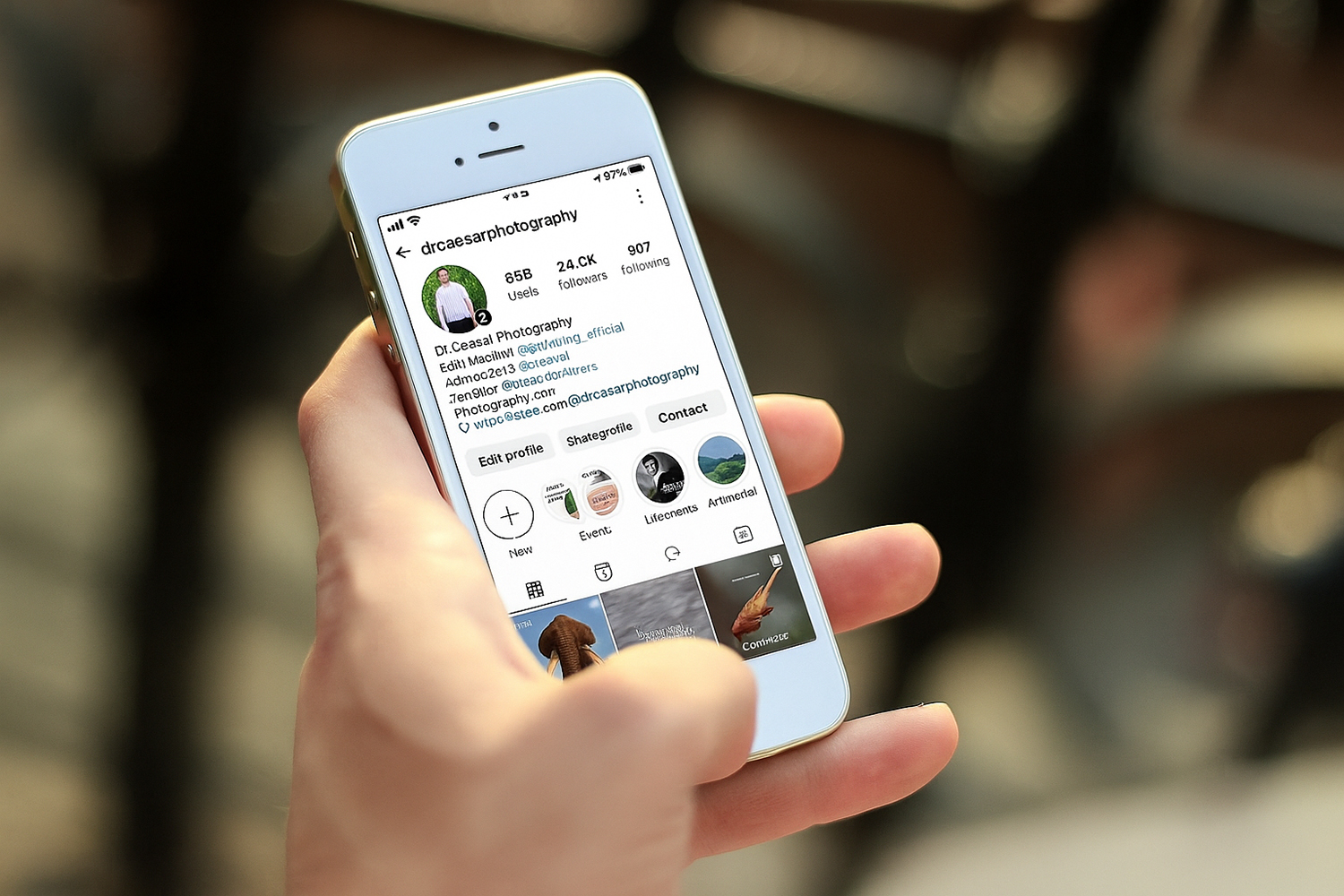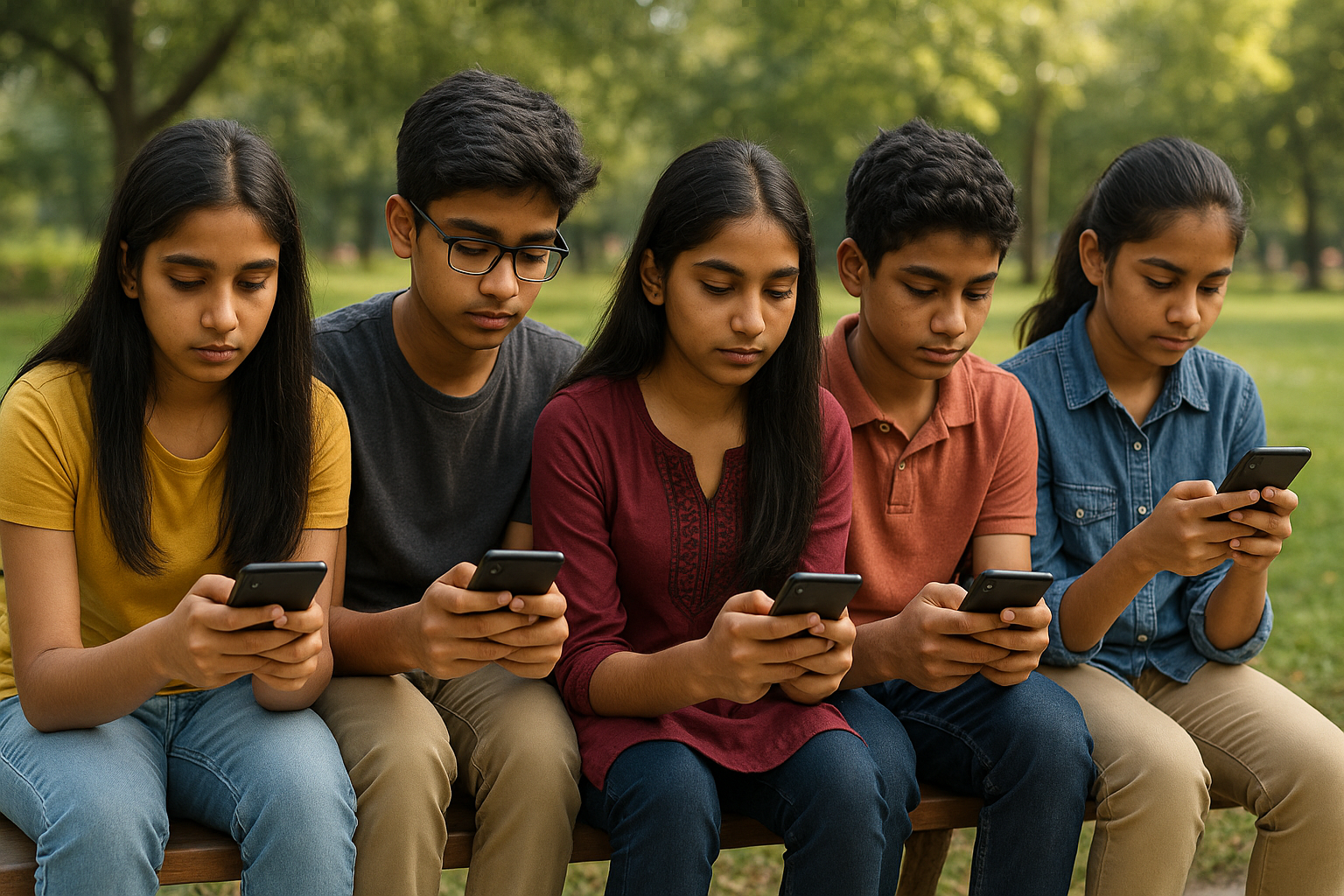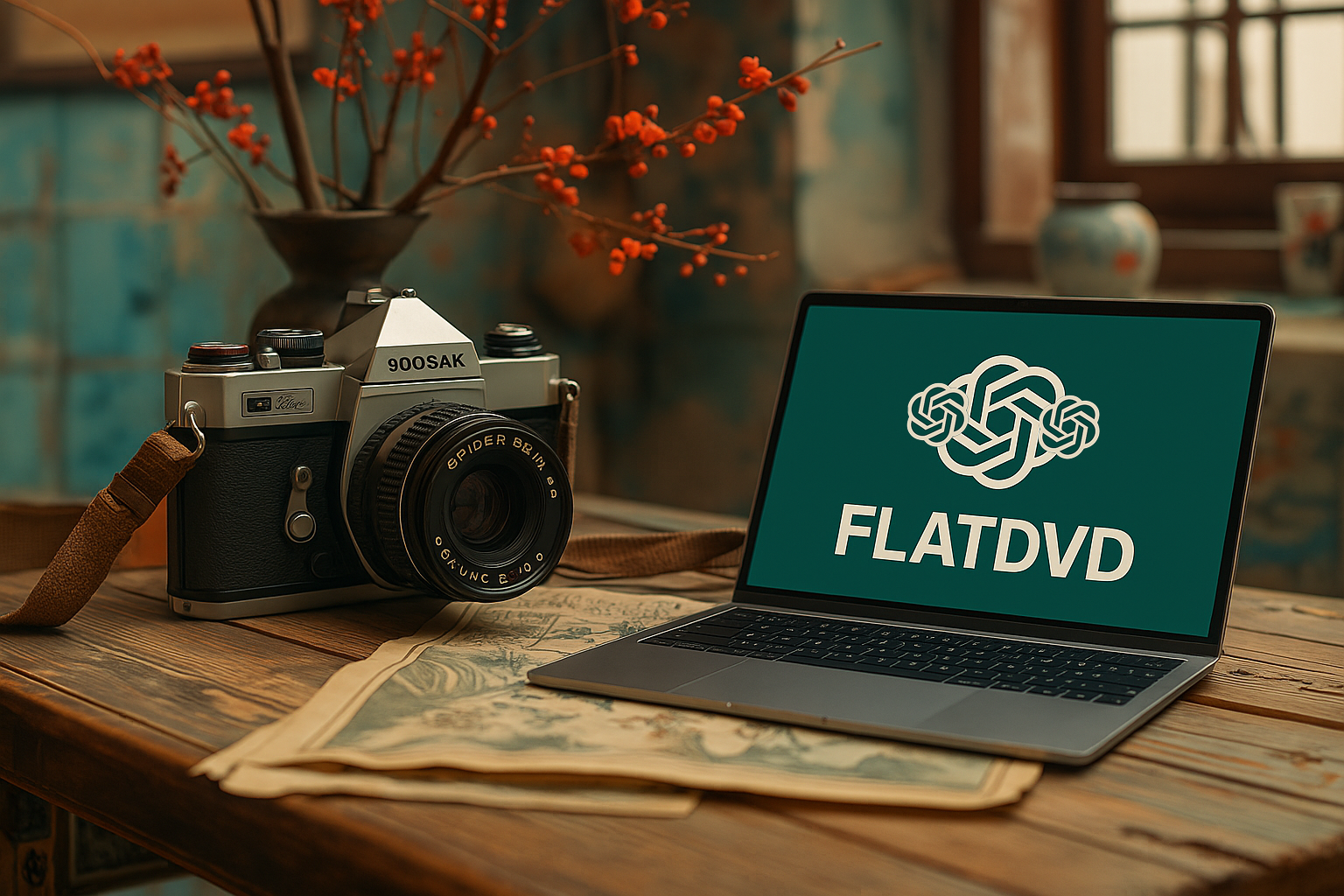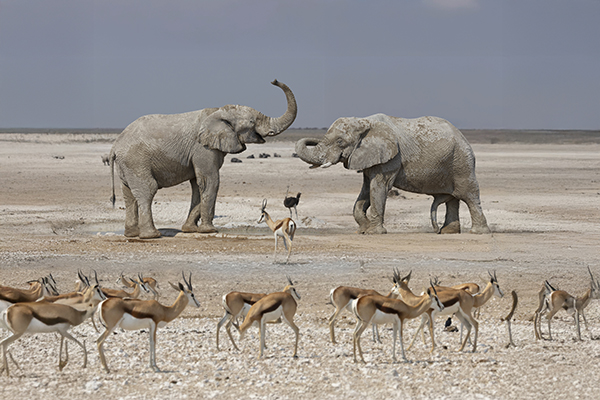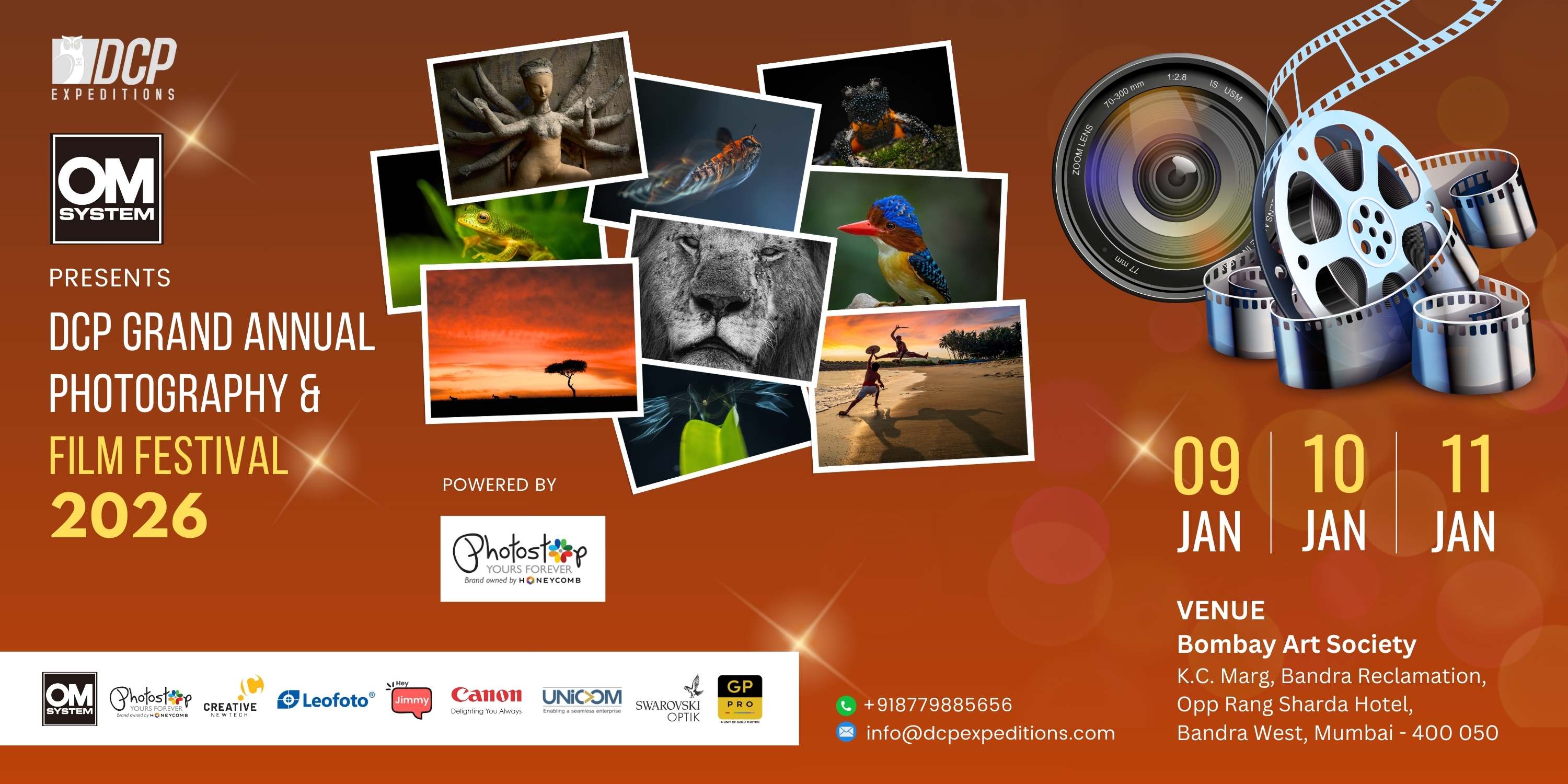In today’s hyper-digital world, Instagram is hailed as the “new gallery wall.” A place where brushes meet bytes, lenses meet likes, and the artist’s studio fits right into the palm of your hand. But for many traditional visual artists — the ones who believe in the sanctity of the canvas, the grandeur of scale, the intricacies of framing, Instagram feels less like a stage and more like a squeeze.
So, is Instagram truly the utopia for visual artists it claims to be? Or is it simply shaping, or warping, art to fit a vertical screen and fleeting algorithm?
Let’s debate.
The Boon: Democratizing the Visual Voice
There’s no doubt that Instagram has revolutionized visibility in the art world. What once took years of networking, gallery exhibitions, and critical acclaim can now happen overnight through a single viral post. Artists who once struggled to be discovered are now booking global commissions, selling prints across borders, and building personal brands with little more than a smartphone and a creative vision.
Illustrators, painters, photographers, digital artists, sculptors, all are finding new audiences. Features like Reels, Stories, and Carousels offer novel ways to narrate the creative process, making the audience a part of the journey, not just the final result. Instagram has become a digital portfolio, a storefront, a classroom, and a gallery – all at once.
And perhaps most importantly, it has opened doors for underrepresented voices. Artists from rural, indigenous, LGBTQIA+, and marginalised communities are reclaiming narratives, sharing cultural legacies, and disrupting art hierarchies. That, in itself, is revolutionary.
The Betrayal: When Format Becomes the Filter
Yet, beneath this glittering accessibility lies a deeper concern.
Instagram’s format, especially its preference for vertical frames and quick-consumption visuals, imposes a certain aesthetic. The algorithm favours high contrast, central subjects, and immediate impact. This influences not just how art is consumed, but subtly how it is made. Artists begin to cater to the feed, designing for attention spans rather than contemplation.
A large-format painting painstakingly layered over months is reduced to a 1080px square. The grandeur of an installation collapses into a story highlight. Worse, the slow, meditative experience of appreciating light, texture, or form is replaced by a dopamine-fueled flick of the thumb.
The result? A platform that rewards performance over process. Visibility over depth. Virality over vision.
The Print Isn’t Dead – It’s Enduring
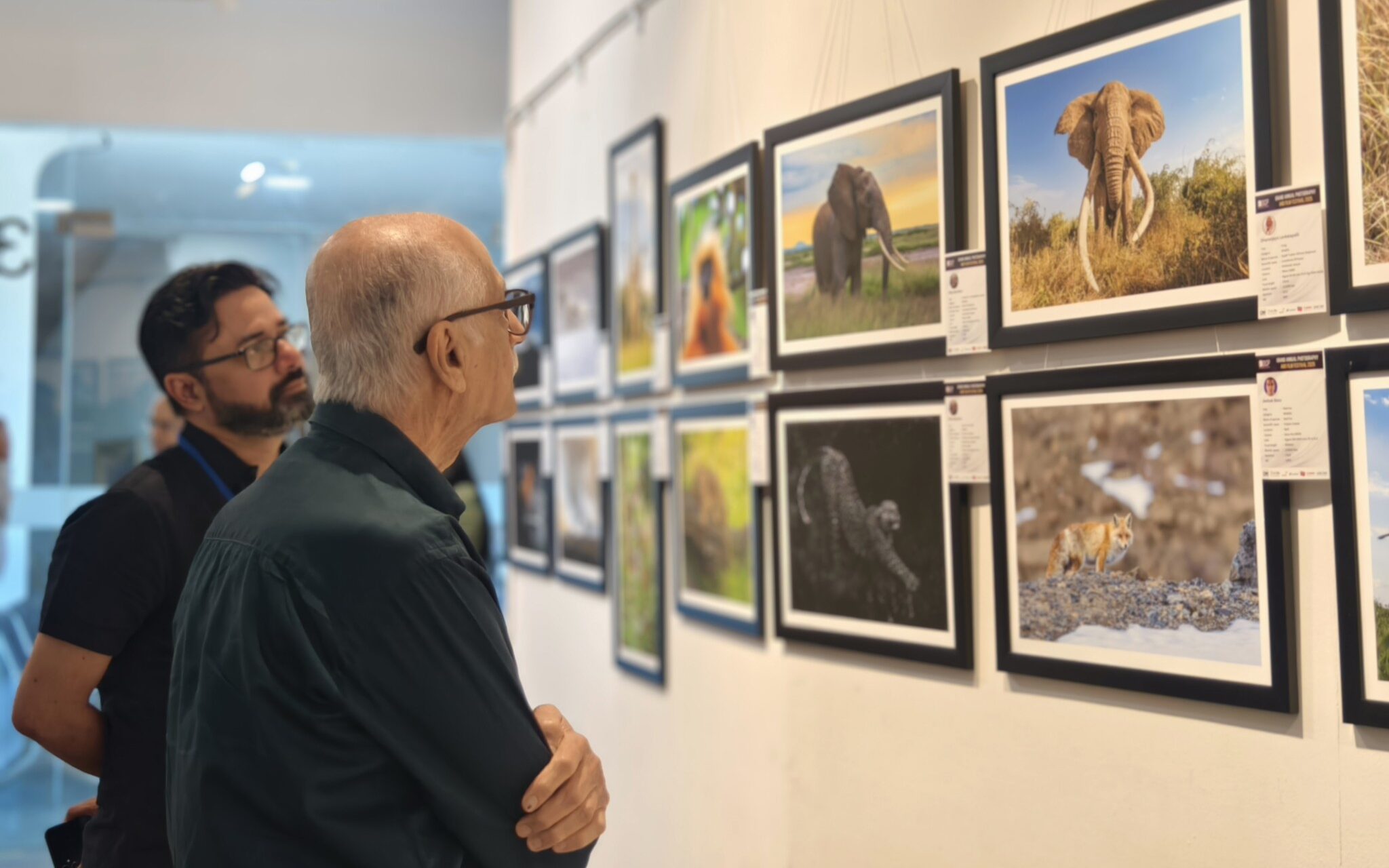
DCP Grand Annual Photography Exhibition 2025
Contrary to the noise, print isn’t dead. It’s just quieter and more enduring.
In fact, print media continues to offer a kind of reverence that digital platforms cannot replicate. Whether it’s the pages of a fine art book, the intimacy of a photo zine, or the grandeur of a gallery exhibit – print allows art to breathe. It gives permanence to fleeting thoughts. Weight to ephemeral pixels. A physical form to a digital idea. More importantly, the print world invites slow looking. It honours the viewer’s attention. It doesn’t distract with ads, comments, or hashtags. It offers space, not just to display art, but to understand it.
For artists, this means the ability to control scale, texture, paper, ink, the very tools that contribute to the emotional impact of the work. These are choices that Instagram’s algorithm can neither sense nor serve.
The Future is Hybrid – And Artists Must Lead the Way
It’s tempting to fall into binaries. But the future of visual storytelling doesn’t lie in choosing between Instagram and print. It lies in understanding how they can coexist, meaningfully and mindfully.
Let Instagram be the amplifier, the teaser, the conversation starter. Let print be the archive, the legacy, the soul. Together, they can create a loop, where discovery begins online and deepens in the tactile world. As artists, the challenge is to resist becoming content machines. To not let the algorithm dictate the brushstroke. To remember that while likes are nice, longevity matters more. Because at the end of the day, a double-tap cannot replace a tear shed before a framed photograph. A screen cannot replace the scent of ink and paper. A story slide cannot replace a story told across pages.
Instagram is a powerful tool, perhaps the most influential stage visual artists have had in recent decades. But it is just a tool, not the destination. The danger lies in letting it shape not just how we show art, but how we think about it. By embracing both the digital and the tangible, by recognising the value of both reach and resonance, we can forge a more holistic, more humane future for the visual arts.
Let the pixels lead to paper. Let the screen point toward the studio. Let Instagram bring the eyes and print hold the heart.
Because while a scroll is fleeting, a print is forever.
Author: Dr Caesar Sengupta

